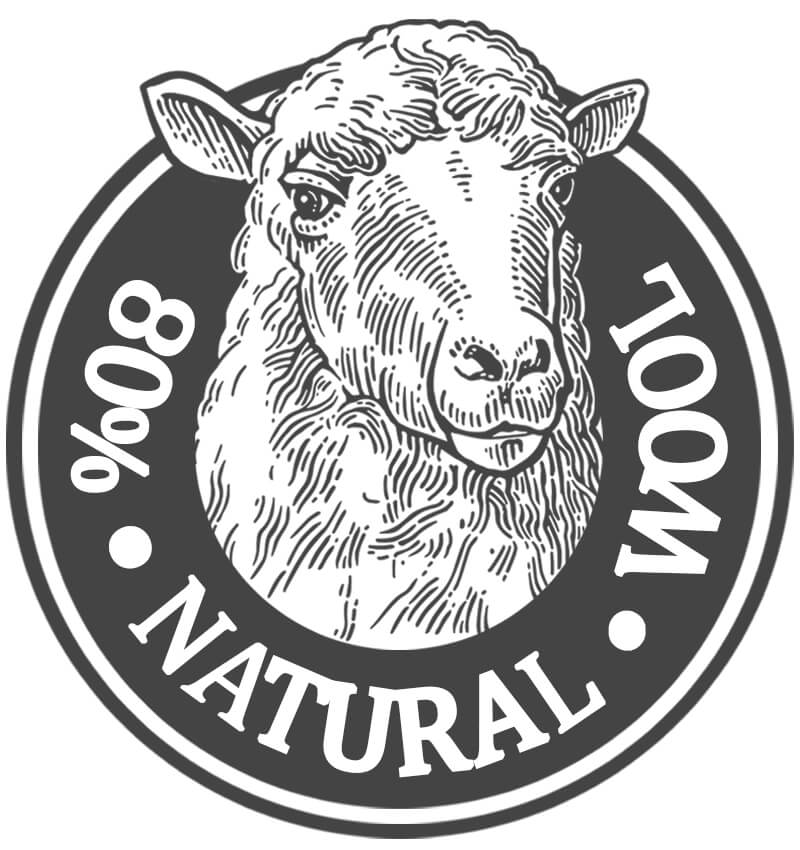A Brief History of Mamluk Carpets
Mamluk carpets are among the most mysterious types of carpet in the Persian and Oriental rug industry. They figure significantly in Mediterranean commerce and appeared in Venetian paintings as far back as the 16th century. These carpets, also spelt as Mamlouk, Mamluq, Mamluke, Mameluk, Mamelkuke, Mamaluke or Marmeluke, are also known for their lustrous wool, fine weave, and soft colors dominated by pale greens, blues, yellows and reds. They are characterized by a central medallion surrounded by various geometric motifs, forming a kaleidoscopic appearance. Their forms are based on the tradition of Islamic geometric ornament. The borders are made up of oblong medallions. Mamluks appear simultaneously mathematical and mystical, similar to the existence of the rugs themselves. No one knows where the rugs were originally woven. Some specialists speculate that they are from Egypt, Turkey or Spain but no one is exactly sure. Documents first refer to Cairo as a center of carpet weaving in the last quarter of the 15th century. Prior to that time, there was no pile-rug weaving tradition in Egypt. The wool used in Mamluk carpets is unlike that used in other Egyptian textiles of the time. But it is not clear that Mamluk carpets come from anywhere else either. The wool of these rugs are spun clockwise. Whereas the vast majority of wool carpets are spun counterclockwise. All these factors and many others, add to the mystery of the origin of the Mamluk.
What is known is that the term Mamluk in Arabic translates to owned or property and that a dynasty by the name of Mamluk came to power in Egypt and Syria in the mid-13th century. They ruled from 1250 through 1517. By the 15th century, they had established a thriving carpet industry in Cairo, Egypt. Mamluk carpets in particular were produced largely for the southern European luxury trade. The Mamluk people originally came to the Middle East as slave soldiers from Turkic, Mongol and Circassian tribes in Central Asia. They were bought and trained by Arab rulers, converted to Islam, and turned into Elite palace soldiers. Eventually, the Mamluks revolted and seized power for themselves, ruling for two centuries. The Mamluk era is often referred to as a Renaissance of the Islamic Arts. The rugs are thought to have a “sublime” quality and to be, more than just fine carpets, but also sophisticated works of art symbolizing spiritual themes of unity. The geometric forms themselves are representational of simplicity and singularity, while the whole of the design, comprising many interconnected forms, is complex.
In the early part of the 16th century, the Mamluk territories in Egypt were conquered by the Ottomans. Mamluk carpet production continued after but the Mamluk people were commissioned by the Ottoman courts to produce rugs in the “Cairene” style which competed with the Persian rugs of that time. The Mamluk carpet production slowed quickly and eventually stopped altogether. There are only around 100 original Mamluk rugs left in the world. Only one remains in Cairo, and the rest are in museums. The museum pieces are not often displayed because it is feared that too much exposure to light will fade their colors. Today, rug makers all over the world seek to replicate and draw from the Mamluk style, particularly in Egypt, Afghanistan, India and Pakistan. These rugs are durable and carry the torch of the ancient, mysterious and attractive charm of Egyptian culture.
Sources and inspiration: Bérinstain, Valérie, et al. L'art du tapis dans le monde (The art of carpets in the world). Paris: Mengès, 1996. Print.; Jerrehian Jr., Aram K.A. Oriental Rug Primer. Philadelphia: Running Press, 1980. Print.; Herbert, Janice Summers. Oriental Rugs, New York: Macmillan, 1982. Print.; Hackmack, Adolf. Chinese Carpets and Rugs, Rutland and Tokyo: Tuttle, 1980. Print. ; De Moubray, Amicia, and David Black. Carpets for the home, London: Laurence King Publishing, 1999. Print.; Jacobsen, Charles. Oriental Rugs A Complete Guide, Rutland and Tokyo: Tuttle, 1962. Print.; Bashir, S. (n.d.). Personal interview.; Web site sources and dates of consultation vary (to be confirmed). Without prejudice to official usage.













 Tapis d'Orient Bashir | Bashir Persian Rugs
Tapis d'Orient Bashir | Bashir Persian Rugs
 @tapisbashir
@tapisbashir
 @bashircarpets
@bashircarpets
 @bashircarpets
@bashircarpets